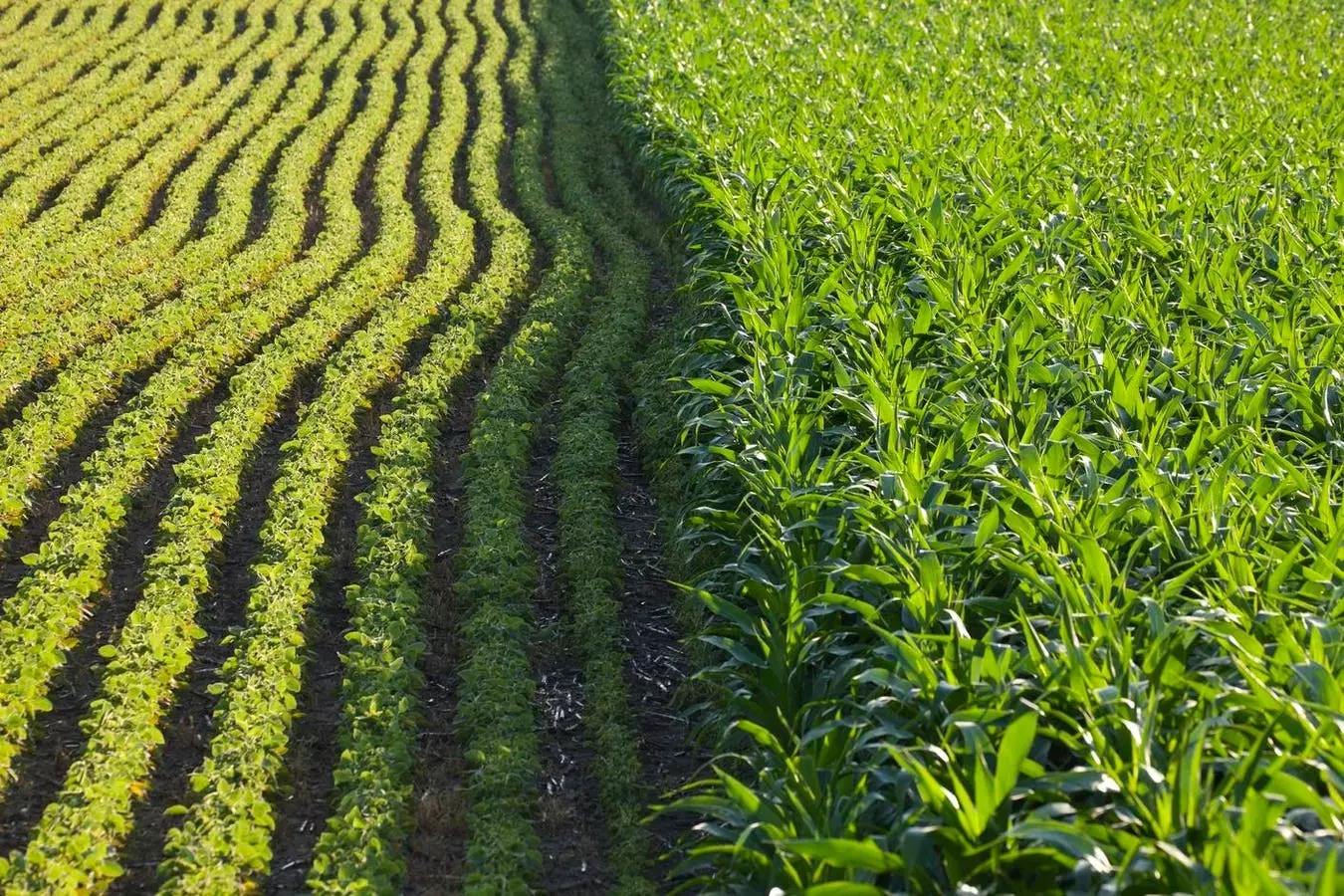Genome editing, particularly through innovative methods like CRISPR (Clustered Regularly Interspaced Short Palindromic Repeats), has emerged as a groundbreaking technology with vast potential in various fields including human health and agriculture. The essence of gene editing lies in its ability to make precise modifications in the DNA sequence—essentially regulating the expression of genes, either turning them on or off. This promising technology is currently witnessing an upsurge in investment and research, especially following the landmark approval of the first CRISPR-based gene therapy for humans in late 2023.
The implications of genome editing extend prominently into agriculture, an industry facing numerous hurdles. From addressing food security to mitigating the impacts of climate change, genome editing proposes a solution that could help optimize crop performance and resilience. With a clear call to action, prominent companies in the agricultural sector are forming partnerships to enhance research and development efforts focused on gene editing applications that cater to these pressing challenges.
Recent collaborations within the sector underscore the potential of genome editing to tackle key agricultural challenges. A noteworthy example includes the alliance between Corteva, a leading global agricultural company, and Pairwise, an innovative genome editing firm. The creation of the Catalyst investment platform by Corteva aims to unite its resources with emerging entrepreneurs to foster industry innovation. The recent announcement of a $25 million equity investment in Pairwise signifies Corteva’s commitment to advancing gene editing techniques that can revolutionize crop breeding.
As the global agricultural landscape evolves, companies like Corteva are challenged by rising temperatures, water scarcity, and the adaptation of crops to new environments driven by climate change. Furthermore, the biodiversity of crops must be enhanced to face novel pest and disease pressures, enabling farmers to maintain productivity sustainably. The collaboration with Pairwise highlights a proactive approach to amplifying crop traits such as stress tolerance and disease resistance, critical for meeting future food demands.
Pairwise’s focus on specialty crops and its advanced Fulcrum™ Platform for gene editing technologies distinguishes it within the domain of agricultural innovation. The approval of Pairwise-edited leafy greens as the first gene-edited food crop in North America showcases the direct impact of genomic advancements on consumer-grade produce. The company is also pioneering developments such as pitless cherries and seedless blackberries, which could cater to modern consumer preferences while enhancing agricultural efficiency.
These advancements rely heavily on sophisticated gene editing techniques that improve the regeneration of whole plants from edited cells. Through collaborations with established agricultural firms, Pairwise can leverage existing breeding libraries and databases to identify optimal genetic traits. This synergy creates a pathway for enhancing and commercializing crop varieties that are not only viable but are also acceptable to regulatory authorities, marking significant progress in agricultural biotechnology.
Navigating the regulatory landscape is a crucial challenge for genome-edited crops. An essential insight from industry leaders, such as Corteva’s Chief Technology and Digital Officer Sam Eathington, indicates that the regulatory pathways for gene-edited crops could be more straightforward than those for traditional genetically modified organisms (GMOs). Since genome editing often resembles natural breeding processes—omitting the introduction of foreign DNA—the potential for simpler regulatory treatment could encourage broader adoption and integration across global markets.
While countries such as Brazil and New Zealand are establishing pragmatic regulatory frameworks, uncertainty remains in regions such as the European Union regarding the acceptance and utilization of genome editing technologies. The ongoing debate reflects a tension between agricultural innovation and public perception, underscoring the need for transparent communication and education about the benefits of genome editing.
Moreover, the growing challenges posed by climate change and food scarcity further underscore the urgency of developing modern agricultural solutions. For instance, the advancement of edited wheat varieties, such as those being tested by companies like Bioceres in Argentina, could alleviate traditional breeding constraints and enhance crop resilience.
The marriage of traditional agricultural practices with cutting-edge genome editing technology paints a hopeful picture for the future of food production. With partnerships like that of Corteva and Pairwise driving innovation, the agriculture industry is poised to address critical challenges effectively. By focusing on enhancing crop traits and streamlining regulatory processes, these advancements can confer benefits not only to farmers but also to consumers seeking sustainable food options.
As investment and research in genome editing ascend, the potential to transform agriculture into a more resilient and productive sector becomes increasingly tangible. Through strategic collaborations and a commitment to innovation, the future of agriculture may indeed lie in the hands of gene editing technology—bringing forth solutions that ensure a secure and sustainable food supply for a growing global population.

